

Hippo Calves. Stories_hcandersen6x9.pdf. Plush cow - beauties of Iowa. 2inShare Here are fluffy hornless breed of cattle which are bred on the Lautner farms in the U.S. state of Iowa.
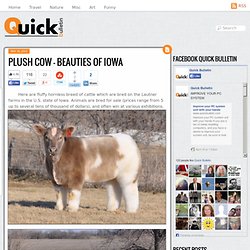
Animals are bred for sale (prices range from 5 up to several tens of thousand of dollars), and often win at various exhibitions. Share and Enjoy admin Misc 21 breed, cattle, cow, farms, fluffy, Iowa, plush. Meet the quokka, the happiest animal around. Jan 7, 2013 Do you guys know about the quokka?
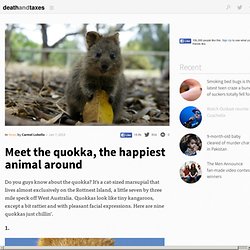
It’s a cat-sized marsupial that lives almost exclusively on the Rottnest Island, a little seven by three mile speck off West Australia. Quokkas look like tiny kangaroos, except a bit rattier and with pleasant facial expressions. Here are nine quokkas just chillin’. (Images via Cute Overload, RedBubble, Panoramio) Rainforest fluffballs.
People, please check out these fluffy little Tribble-like dudes.

The Honduran White Bat! According to Wikipedia, Honduran White Bats have snow-white fur and a yellow nose and ears. These bats are tiny, only 37-47 mm long. They live in leaf tents in the rainforest, natch. I’d never seen these creatures before alert Cuteporter Terri H. informed us. Save the Duck - large - Worth1000.com forums. Prince Harry hippo gives his happy handler a loving lick. By Emma Reynolds Published: 11:05 GMT, 28 March 2012 | Updated: 09:31 GMT, 30 March 2012 Adorable Harry the hippopotamus is no stick-in-the-mud when it comes to making friends with humans.
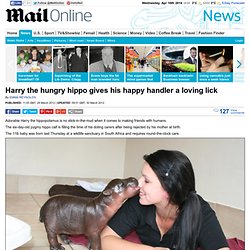
The six-day-old pygmy hippo calf is filling the time of his doting carers after being rejected by his mother at birth. The 11lb baby was born last Thursday at a wildlife sanctuary in South Africa and requires round-the-clock care. Strong bond: Devoted carer Toni Inggs was like a mother to the little hippo All alone: The tiny calf was his mother Hilda's third child to survive out of eight and was rejected by her at birth But the regal little Harry - named after the Prince - has brought joy to the whole centre, according to Rob Hall, the reserve's manager. Handler Toni Inggs looks after the mud-loving creature at the privately-run Cango Wildlife Ranch. The pygmy hippo - who will not grow to more than three feet tall - requires 125ml of milk around every three hours. The Boss.
How To Hug A Baby. Tigerpiglets2.jpg (649×489) Turtles!!! Tortuga con jersey de ganchillo. THE SMALLEST PET PIG IN THE WORLD!!!!!!?????? Video. To Battle Noble Steed. Waiting for the Answer by MAK. Pr (5 of 41) low res. 6a00d8341bf8f353ef014e8bb61576970d-800wi (800×532) Augusta in the Park. 3vecve7s.jpg (499×499) Cute Squirrel Rescue. Ei mein Häschen - Bild von wanneka aus Babies - Fotografie (24308557. Funny-kitten.jpg (640×361) Amazing Friendship. -- Never Explain Yourself To Anybody Becoz the person who likes you dosent need it And the person who dislikes you wont believe it.
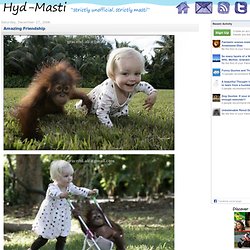
Is There Anything Cuter Than This? Pictured: The baby pygmy hippo who's barely bigger than a lettuce leaf. By Daily Mail Reporter Updated: 08:05 GMT, 1 October 2009 Hippos kill more humans than any other animal - but this little fellow doesn't look like he could do too much harm.
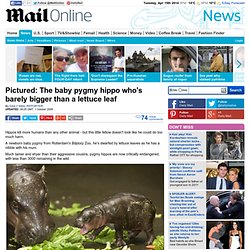
A newborn baby pygmy from Rotterdam's Blijdorp Zoo, he's dwarfed by lettuce leaves as he has a nibble with his mum. Much tamer and shyer than their aggressive cousins, pygmy hippos are now critically endangered, with less than 3000 remaining in the wild. A newly born pygmy hippopotamus has a nibble with its mother in Rotterdam's Blijdorp Zoo They're indigenous to the tropical forests of West Africa, and their primary threat is the loss of their forest habitat due to the timber industry. The aptly named pygmy grows to just over 3ft tall - just one fifth of the size of the common hippopotamus - and is the only other species of hippo in the world.
Reclusive and nocturnal, the mammals are semi-aquatic and need to live near water to keep their skin moisturised and their body cool.